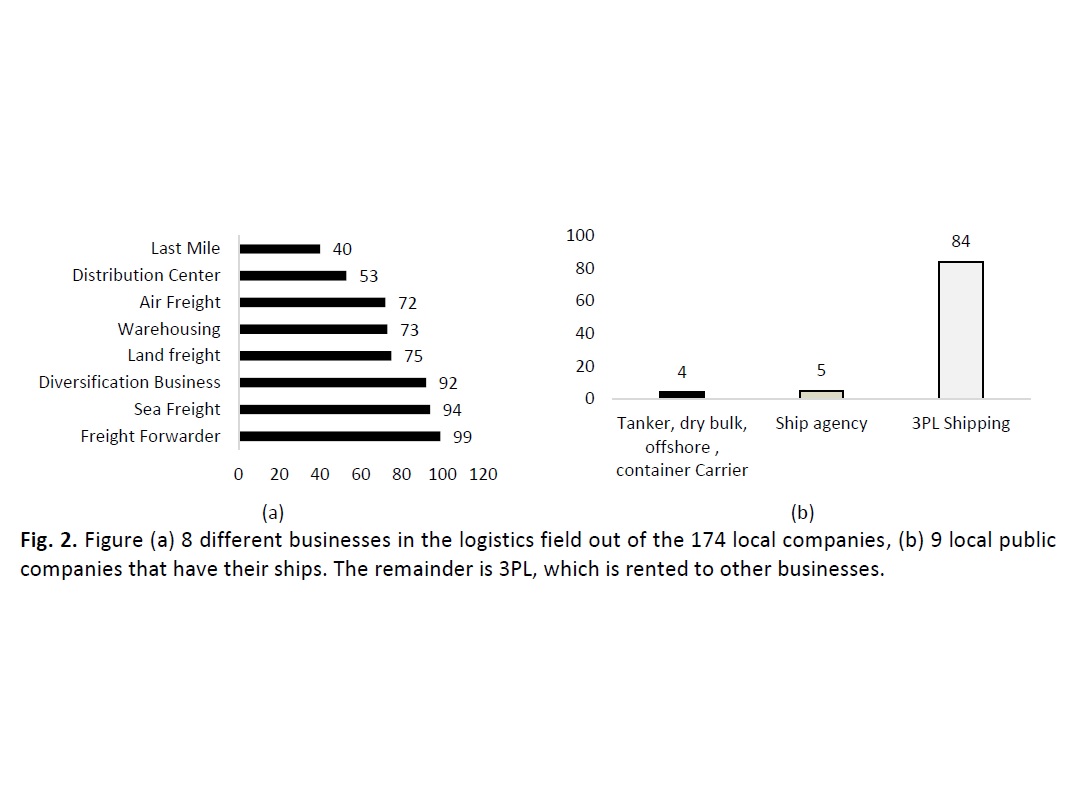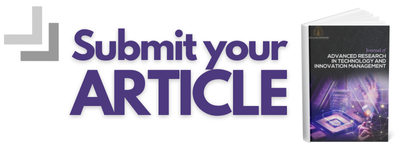The Performance Analysis of the Shipping Line Industry in Indonesia Amidst the Covid-19 and Global Economic Uncertainty Conditions
DOI:
https://doi.org/10.37934/jartim.14.1.4047Keywords:
Shipping line performance, shipping line resilience, impact Covid-19, B.A.N.IAbstract
The maritime sector and its associated businesses, like shipping lines, serve as the connecting framework for global economic expansion and are crucial to the advancement of human society at large. This essay seeks to give a general overview of how Indonesia's maritime industry and shipping line companies are affected by the unpredictability of the world situation. We examine secondary data from the following annual financial reports from publicly traded businesses active in shipping and logistics over the five year from 2017 to 2021. From the data, we know that from a total a 165 company publicly listed companies in Indonesia engaged in logistics, 94 of them have a sea freight business, with 84 companies are 3PL businesses, 5 others are shipping agencies and 4 companies are known to have shipping line services such as tankers, containers, LNG, and dry bulk (SMDR, SMIN, TMAS, BLTA) (SMDR, SMIN, TMAS, BLTA). From the nine observed companies with their ships, the majority of observed companies in 2019 had gradually decreased equity during Covid-19, and even in early 2021, one company was not only losing equity but also had negative equity of Rp. -110 billion, forcing it to cease operations (go bankrupt) or obtain new funding to survive. However, it's interesting to note that one organization demonstrated that it was able to perform better than it had before the pandemic, demonstrating that each business or organization has a different degree of resilience based on its strategy.














